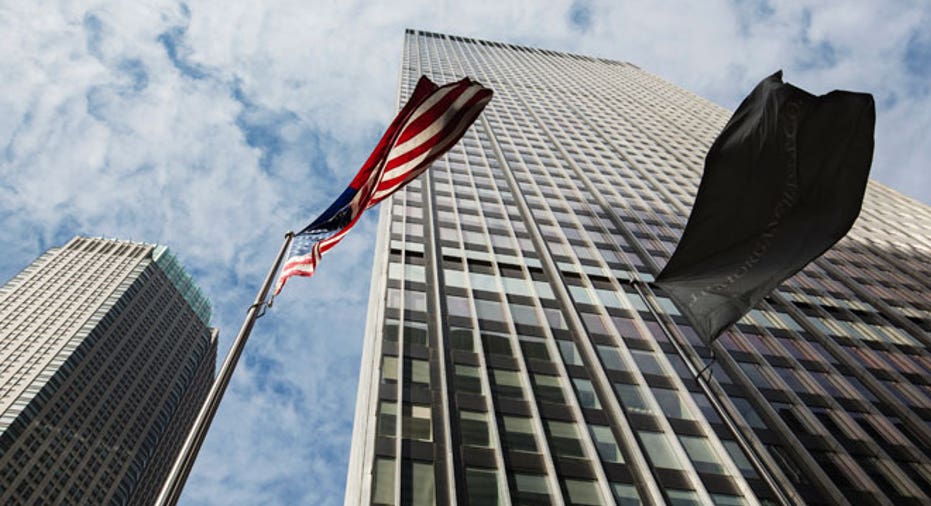Fed To Release Results Of Financial Industry Health Check

JPMorgan Chase, Citigroup, Morgan Stanley and other banks will find out if the Federal Reserve thinks they can cope with the next financial crisis when it publishes the results of an annual health check on Thursday.
If the Fed finds that any of the 30 banks subject to the so-called stress tests are still at risk, the banks will then have a few days to change any plans they may have made to return capital to shareholders through dividends or share buy-backs.
Most banks are expected to pass the exam, but analysts will closely watch the results. Last year, American Express lowered its capital distribution proposal after the first submission.
And banks may have been more willing to take risks with their initial plans this year, now that they have been building up capital in the years since the crisis.
"These banks are very well capitalized and I know they're going to want to get more aggressive each incremental year in terms of what they ask for," said Fred Cannon, global director of research for Keefe, Bruyette and Woods.
The annual testing has become an increasingly important tool for regulators to ensure that banks are not eating too much into their capital cushions, by examining how banks would weather a hypothetical major market shock.
Analysts said the biggest U.S. banks will probably meet the Fed's requirements, having reduced their leverage, the amount of debt compared to shareholder equity, since the 2007-2009 financial crisis.
Bigger fireworks could come next week, when the Fed will either approve or reject each firm's plans to pay dividends to shareholders or buy back shares.
The Fed conducts stress tests each year to measure how banks' loan books and security portfolios would hold up under extreme economic scenarios not unlike those experienced during the last crisis.
Thirty banks participated in this set of tests, up from 18 last year.
The first chunk of results is meant to show banks' relative strength if each firm made the same capital moves. The Fed assumed each bank would pay dividends equal to the average of the past four quarters, and buy back no shares.
Last year, only Ally Financial failed to meet the minimum 5 percent capital buffer in the first round of the tests.
In a new hurdle imposed this year, the biggest eight banks had to consider what would happen to their business if their largest trading counterparty were to default.
The Fed will make its own projections for bank balance sheets this year, and banks may release results of their internal stress tests if they disagree.



















